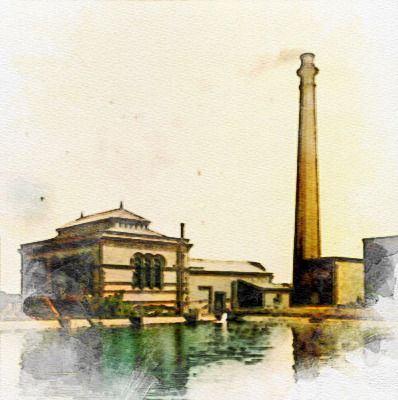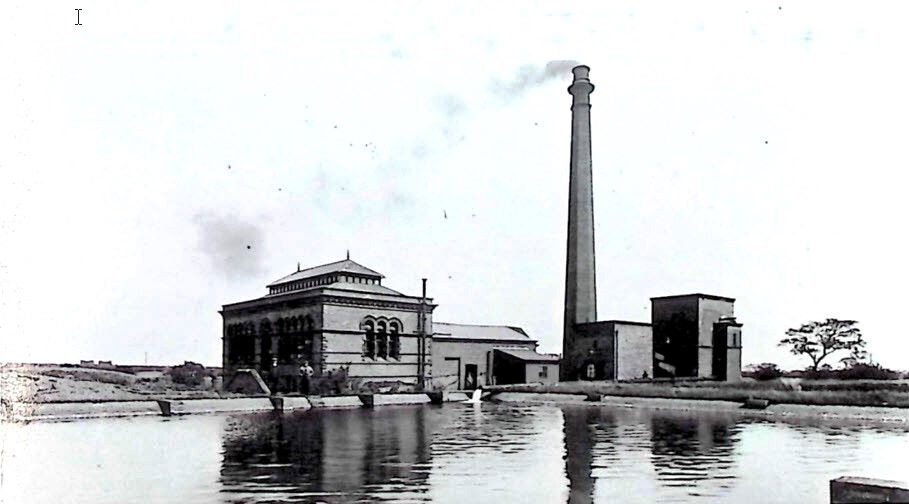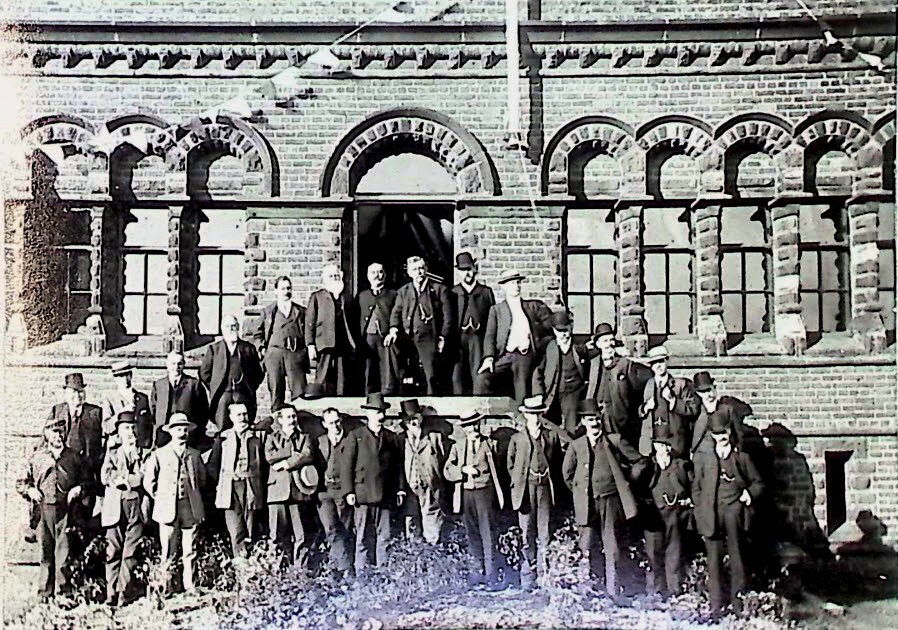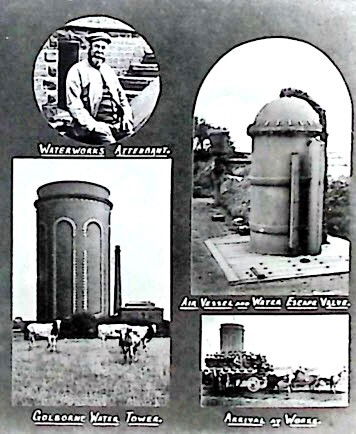The Establishment of Ince Water Supply

Before the development of a public water supply, the people of Ince relied on natural springs, private wells, and watercourses to meet their needs. While these traditional sources had served small rural communities for generations, they proved entirely inadequate as Ince rapidly expanded during the 19th century. The emergence of coal mining, ironworks, and a growing population placed immense pressure on local water sources, which could no longer provide a sufficient or reliable supply.
In addition to quantity, the quality of available water raised serious public health concerns. Contamination of wells and stagnant sources contributed to the spread of waterborne diseases such as cholera and typhoid. The demand for a clean, consistent water supply became a matter not just of convenience but of necessity.
Prior to the passing of the Ince Water Act, the Ince Local Board made several unsuccessful attempts to obtain a reliable water supply. Negotiations with both Wigan Corporation and Liverpool Corporation proved fruitless, as neither authority had surplus water to offer.
An alternative was proposed by the late James Gidlow, Esq., who offered water from an old colliery shaft near Arley Hall. While the quality of this water was suitable, the supply was insufficient and the capital cost for the limited quantity rendered the scheme unviable.
A temporary solution was found through the Moss Pits, operated by the Pearson and Knowles’ Coal and Iron Company. Here, water was pumped into a makeshift tank—an old egg-ended boiler—mounted on pillars on a vacant plot of land along Ince Green Lane, near Ince Parish Church.
The Ince Water Bill faced strong opposition in Parliament, particularly from the South Lancashire Water Company, which had submitted a competing bill that was ultimately rejected or not pursued. Objections also came from two neighbouring local authorities.
Nevertheless, the bill received robust support. Testimony was provided by the scheme’s engineer, Robert Winstanley, Esq., who prepared all plans, sections, and specifications. He was joined by key figures including the then Chairman, the late George Gilroy, Esq., as well as Thomas Knowles and William Bryham, alongside various professional witnesses.
The Ince Water Act was passed in 1871, and the formal opening of the works took place on Wednesday, May 22nd, 1872. On that day, water was first introduced into Ince, with the forcing engines ceremonially started by Mrs. Gilroy, wife of the Chairman.Initially, there was only one shaft or well, with a second being sunk at a later date.
The wells were driven into the new red sandstone rock, reaching depths of around 150 feet. From there, three additional boreholes extended another 150 feet horizontally into the rock, providing a generous and reliable water yield.The engine and pump at Well No. 2 featured a 48-inch cylinder operating with a six-foot stroke. A balance beam worked the air-pump, while the pump stocks had a diameter of 19 inches. This pump typically operated from 5 a.m. until 4 p.m.
The forcing engines—comprising twin 16-inch cylinders with a 32-inch stroke and double-acting piston plungers—ran from 5 a.m. to 10 p.m. Each night, the underground lodges or tunnels were nearly emptied; during off-hours, water levels rose again within the tunnels and wells.
The water mains leading from the pumping station into Ince measured 12 inches in diameter down to the foot of Ince Green Lane, then 9 inches along Ince Green Lane, and 8 inches through Belle Green Lane.
Before reaching the tank at the summit of Belle Green Lane—a distance of six miles—the water passed through this network of mains. At the time, the Belle Green Lane tank was considered the largest surface-holding tank in England.
Water was also supplied to Golborne directly from the 12-inch main near the works, where it was delivered through meters into an elevated tank.
This remarkable achievement stands as a lasting testament to the ingenuity, perseverance, and vision of Victorian engineering. Against all odds—political, financial, and technical—the people of Ince secured a clean and reliable water supply. Their resolve reflects the broader spirit of an era defined by progress, infrastructure, and an unshakable belief in the power of human enterprise.
1905 Visit
The images below were taken from a vist by local Ince Councillors in July 1905. The location of thw Waterworks is on the site of the current Lightshaw Water Treatment plant.

Ince Waterworks at Golborne

Ince Councillors


Various images